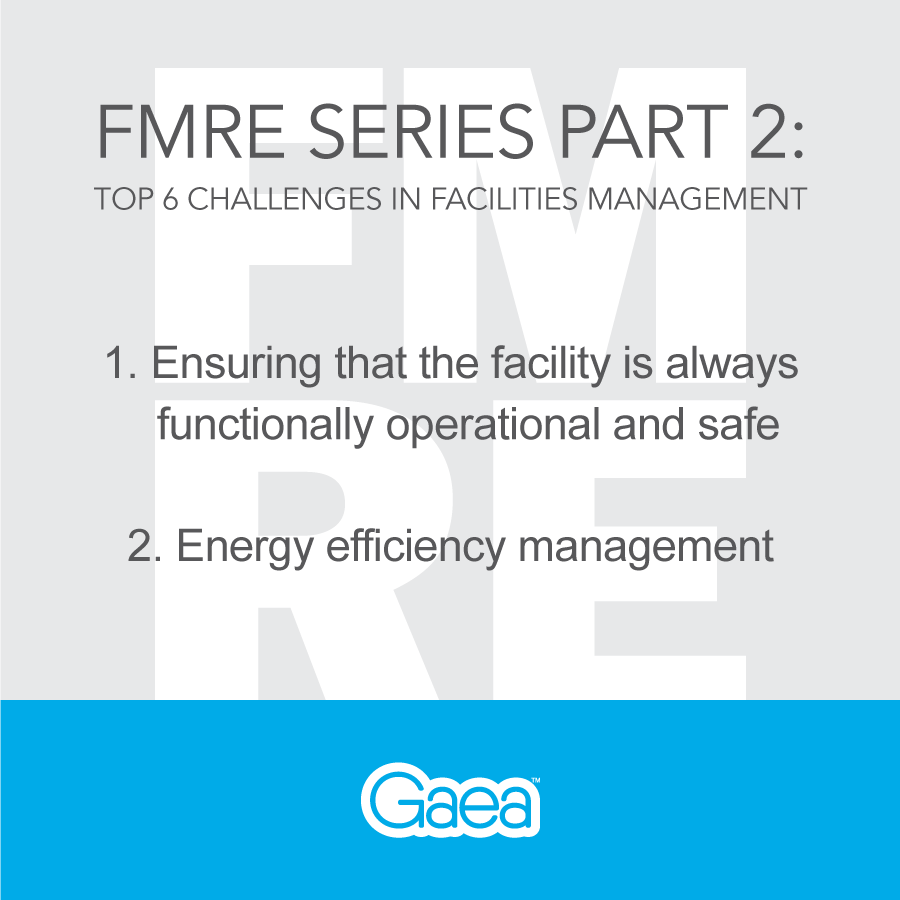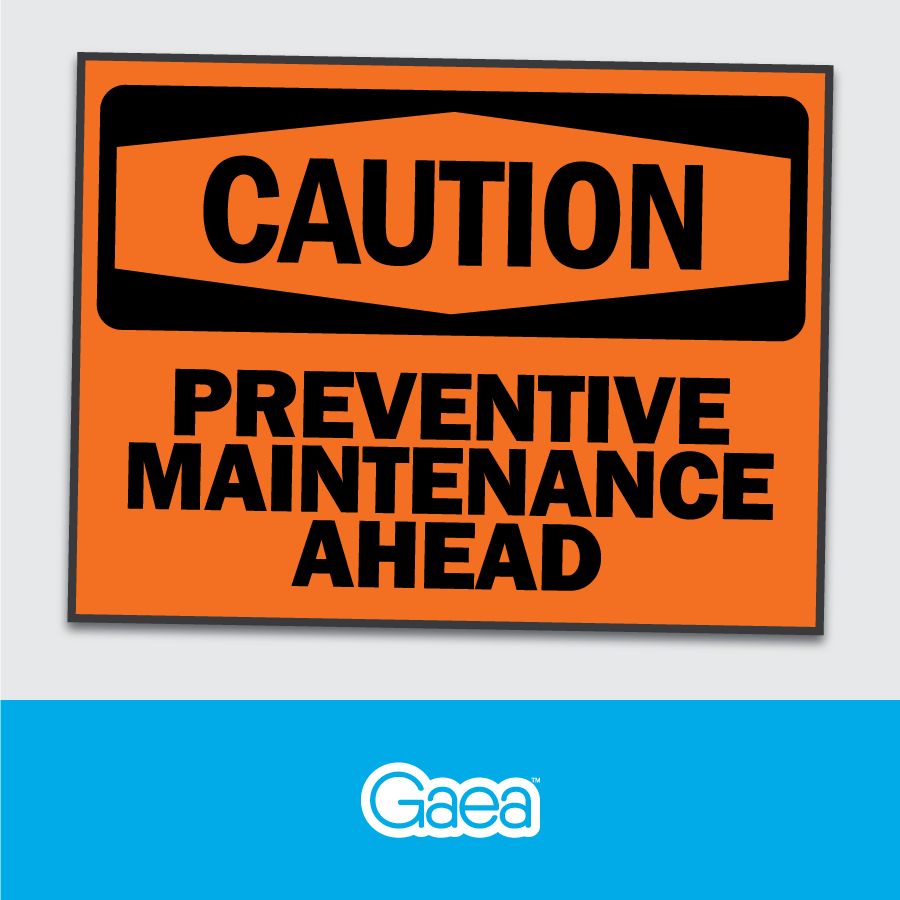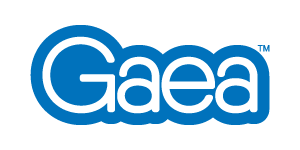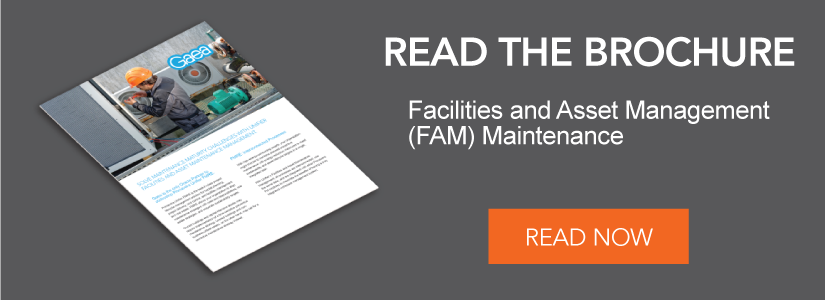Facilities and Real Estate Management (FREM) Series, Part 2

Welcome to part 2 of our facilities and real estate management (FREM) series. In part 1, we introduced the top 6 challenges faced by facility managers. If you missed part 1 and would like to read it, or if you have read it but would like to refresh your memory before proceeding, you can find it here.
In the following installments, we’ll dive deeper into all of the challenges and examine ways to solve them. In part 2, we’ll look at the first two challenges: ensuring that the facility is always functionally operational and safe, and energy efficiency management.
Ensuring that the facility is always functionally operational and safe
Tracking all of the issues that arise in a facility is one of the biggest challenges faced by facility managers. Prioritizing and analyzing critical vs trivial issues, and then defining a resolution for smooth operation of the facility, can be very time consuming and may result in work delay or stoppage, thereby increasing operating cost.
Organizations look to their facility managers to ensure their properties like office buildings, linear structures, lands, and operating facilities (plants, factories, etc.) remain competitive with other organizations in the same industry. Therefore, one the of most important tasks for the facility managers is to ensure that the facility is always operational and safe.
 One way that facility managers solve this challenge is by scheduling regular preventive maintenance. Preventive maintenance is one of the most common procedures performed on a facility’s equipment or assets in order to keep facility managers ahead of a potential disaster instead of behind it. The primary goal of preventive maintenance is to mitigate or avoid the consequences of asset failure by following timely, planned guidelines to prevent equipment and machinery breakdown.
One way that facility managers solve this challenge is by scheduling regular preventive maintenance. Preventive maintenance is one of the most common procedures performed on a facility’s equipment or assets in order to keep facility managers ahead of a potential disaster instead of behind it. The primary goal of preventive maintenance is to mitigate or avoid the consequences of asset failure by following timely, planned guidelines to prevent equipment and machinery breakdown.
Every asset in a facility has a defined set of services to be performed at a specific time to ensure the smooth operation of the asset. These minor and major checks can significantly extend the lifespan of an asset. Other considerations like weather and seasonal dates are taken into account. For instance, in the case of HVAC systems, maintenance is often performed before the hottest time of the year so that facility occupants aren’t stuck in uncomfortable heat as a result of an unexpected breakdown.
Corrective maintenance is another common task performed in facilities, commonly thought of as a set of tasks performed to identify, isolate, and rectify a fault so that the failed asset can be restored to operational condition. A French official norm defines corrective maintenance as maintenance carried out after failure detection and is aimed at restoring an asset to a condition in which it can perform its intended function.
In other words, corrective maintenance means (to partially borrow an age-old idiom that originally used questionable grammar) if it’s broken, fix it!
Labor and material availability plays a vital role in the success of both corrective and preventive maintenance. If any of the required labor or material is unavailable when needed, the operation of the facility is affected, and therefore, so is its operating cost. Proper tracking of labor and material inventory plays a significant role in the smooth operation and maintenance of a facility.
Energy Efficiency Management
For any organization, buildings are the greatest consumer of energy and subsequently, they generate the greatest impact on the global climate. In today’s world, energy efficiency management of existing buildings is the single biggest action every organization wants to take in order to be more sustainable.
Facility managers look for an enterprise approach to energy and sustainability management that can help them gain control over the use of energy, water, gas, and other resources. Understanding the organization’s energy, carbon, and gas inventory is essential to reducing energy usage and cost. It’s also vital for reducing a facility’s carbon footprint and preparing for compliance with future regulations.
 Leadership in Energy and Environmental Design (LEED) is changing the way we think about how facilities and communities are planned, constructed, operated, and maintained. LEED has become the most globally used third-party verification for green buildings, with around 1.85 million square feet being certified around the world every day.
Leadership in Energy and Environmental Design (LEED) is changing the way we think about how facilities and communities are planned, constructed, operated, and maintained. LEED has become the most globally used third-party verification for green buildings, with around 1.85 million square feet being certified around the world every day.
LEED certification is important for all buildings during all phases of development. Projects pursuing LEED certification earn points in several sustainability areas. Based on the number of points accumulated, a facility earns one of the four LEED rating levels: certified, silver, gold, or platinum.
Efficiency is the name of the game for LEED-certified buildings. They consume less water and less energy, and as a result they produce fewer greenhouse gas emissions. As an added bonus, the efficiency of a LEED-certified facility saves the owner money.
Most organizations are on the path of achieving and maintaining LEED certification, and facility managers are tasked with ensuring their facilities are maintaining LEED status. Fortunately, there are enterprise solutions that help facility managers monitor, capture, and analyze data to improve sustainability and energy efficiency.
In part 3, we’ll discuss the next two challenges, compliance standards management and maintaining aging assets and infrastructure.

